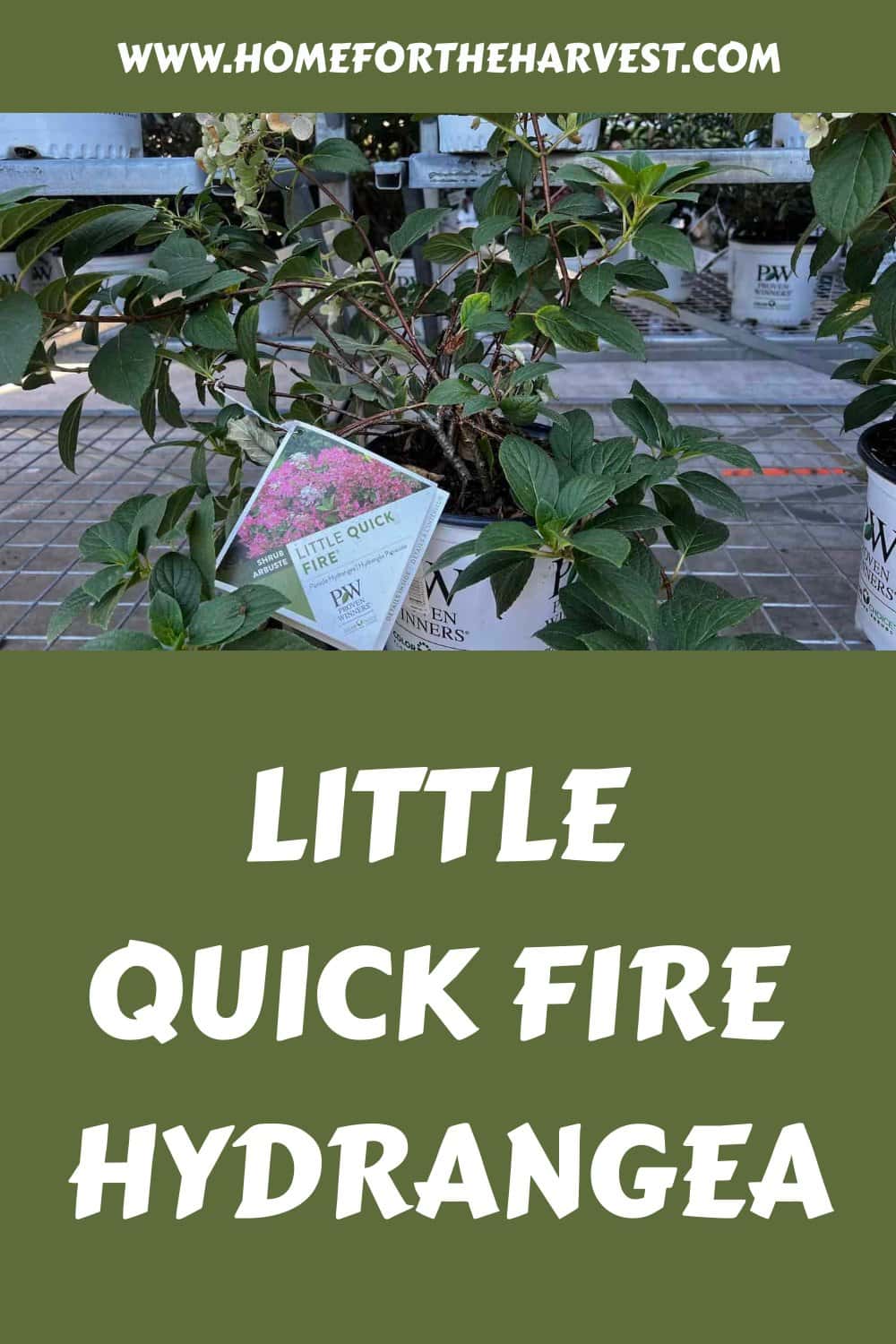Little Quick Fire shrubs do their best when surrounded by beneficial companion plants. From stonecrop and daylilies to yew and holly, as well as Japanese forest grass and hostas – we’ve got all your plant pairings covered!
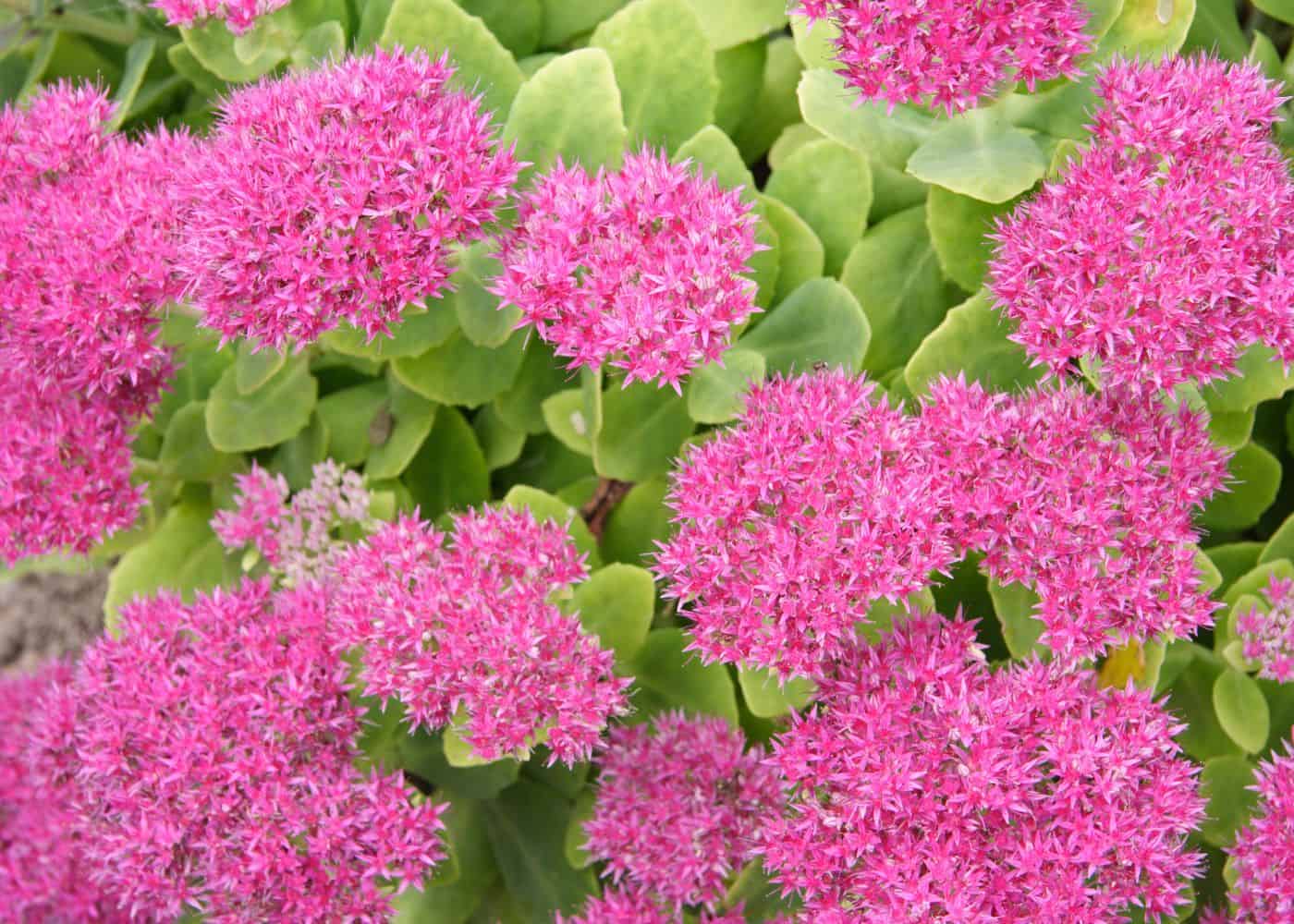
1. Stonecrop
Stonecrop (Sedum) plants are a great choice for gardeners looking to add color and texture to their outdoor space. These hardy, drought-tolerant plants come in many varieties with similar colors to dwarf Quick Fire flowers, such as ‘Autumn Joy’ sedum.
Stonecrop is easy to care for and requires little maintenance. It can be planted in full sun or partial shade, making it a versatile choice. The flowers also attract pollinators like bees and butterflies, which help keep your garden healthy and thriving.
The foliage of stonecrop ranges from shades of green to blue-green, depending on the variety you choose. The flowers bloom during the summer months and range from white or yellow to pink or red. This makes them perfect for adding a splash of vibrant color to your landscape design!
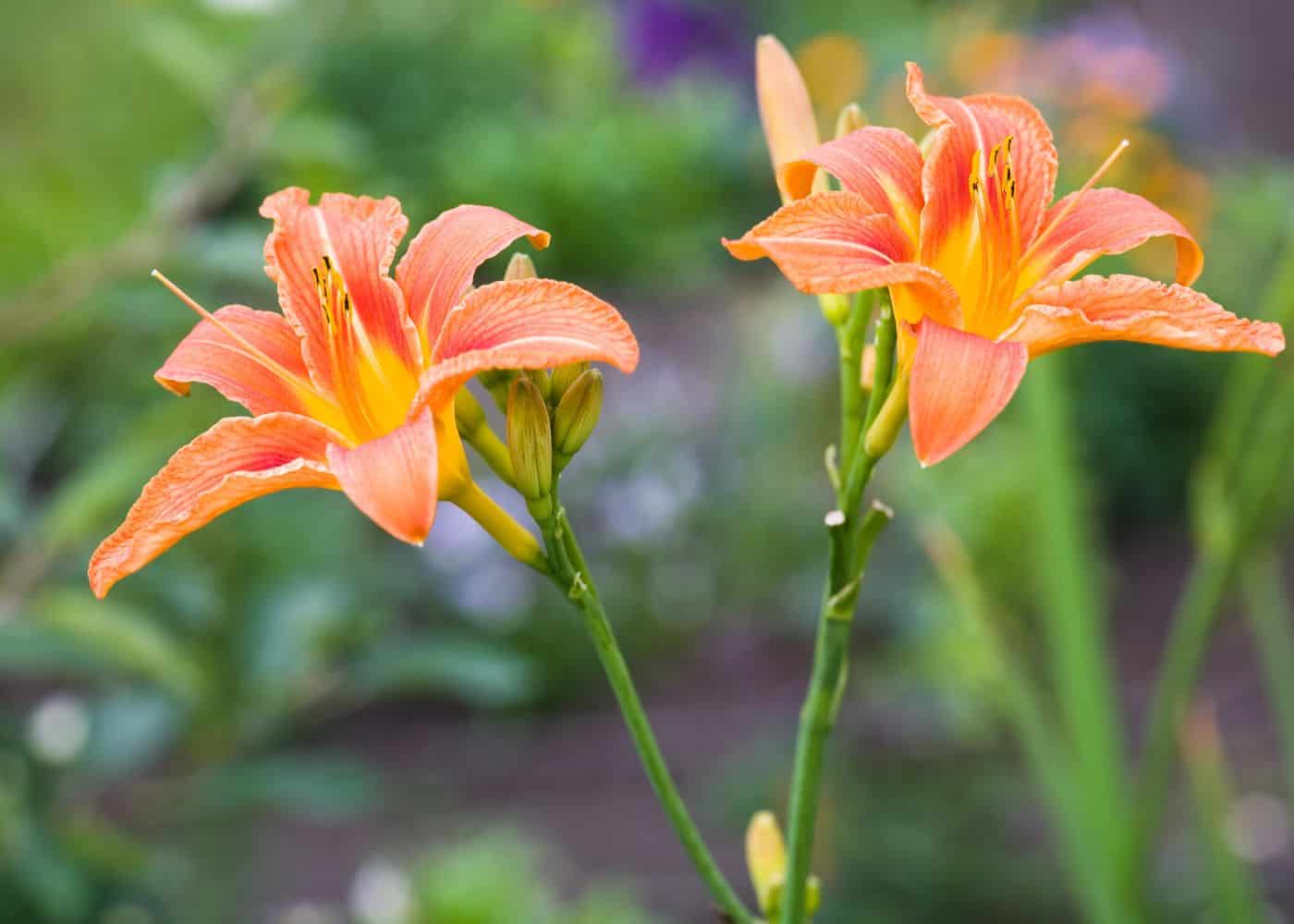
2. Daylilies
Daylilies are a great choice for the busy gardener who wants to enjoy beautiful blooms with minimal effort. Like the panicle hydrangeas they pair with, these hardy flowering perennials are drought tolerant and can thrive in both full sun and partial shade conditions.
Daylilies come in a variety of colors, including yellow, orange, pink, red, and purple. They typically bloom from late spring through early fall, depending on the variety you choose.
Once established, daylilies require very little maintenance other than regular watering during dry spells and occasional weeding, if needed, around their roots when weeds start popping up near them in the bedding areas where you have planted them. Additionally, it is important not to overcrowd these plants since too much competition between plants can cause stunted growth or even death due to lack of air circulation around each plant’s root system.
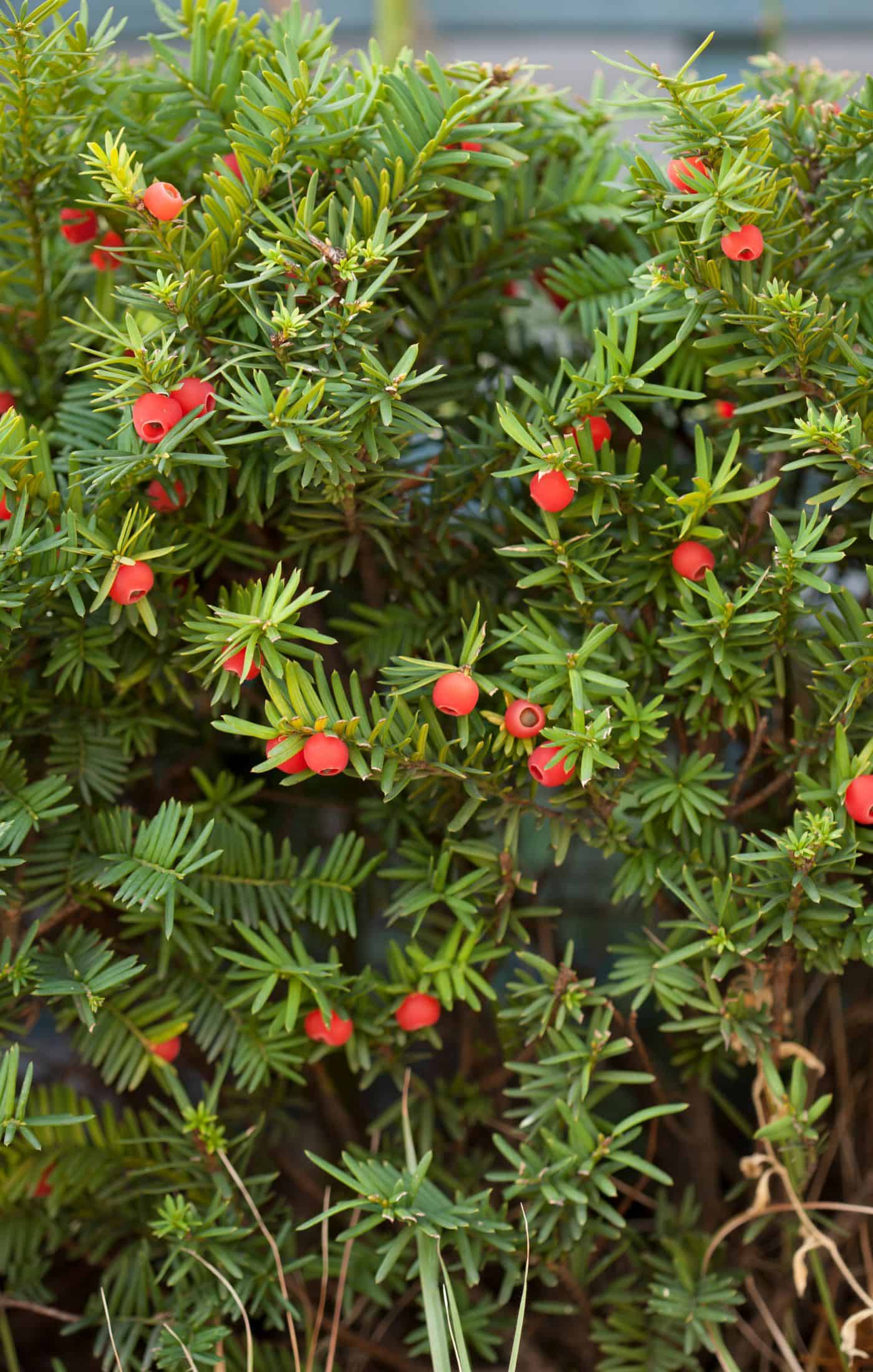
3. Yew
Yew is a great evergreen choice for adding structure and year-round interest to your garden. Its dense, dark green foliage provides an attractive backdrop for flowering shrubs like ‘Little Quick Fire’ panicle hydrangeas. Yews can also be used as foundation plants around the house, in hedges, or as accents in rock gardens.
When it comes to choosing a yew variety, there are many options available. For example, Taxus x media ‘Hicksii’ is an upright form with deep green needles that grow up to 10+ feet tall and 6 feet wide. It’s often used as a hedge plant due to its fast growth rate and tolerance to shearing. Another popular option is Taxus baccata ‘Fastigiata’, which has a pyramidal shape and grows up to 20 feet tall but only 4 feet wide at maturity – making it ideal for narrow spaces such as along walkways or between buildings on either side of the street. For a particularly thin yet tall yew, look for ‘Stonehenge’ or ‘Stonehenge Skinny.’
For those looking for something more compact, try Taxus cuspidata ‘Nana.’ This dwarf variety stays under 3 feet tall and 2 feet wide when mature, making it perfect for small gardens or containers on patios or decks where space is limited. The bright yellow new growth turns dark green by summertime, creating an eye-catching contrast against other plants in the landscape throughout the season!
Yews are easy to care for once established; they prefer full sun but will tolerate partial shade if necessary and need well-drained soil with moderate water requirements during dry spells. They’re also quite tolerant of pruning so you can easily keep them shaped however you’d like without fear of damaging them too much.
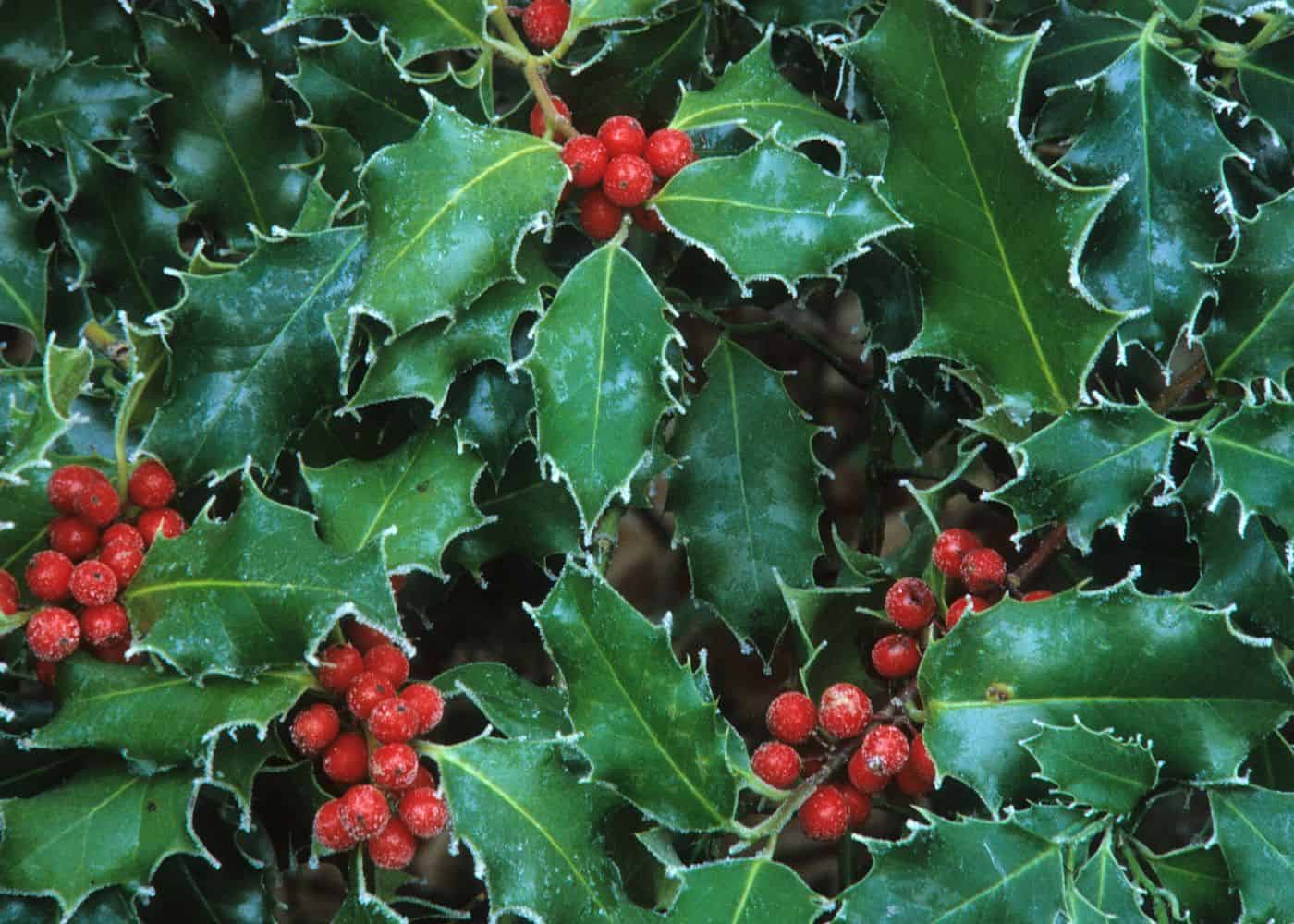
4. Holly
Holly is a popular choice for North American gardens, and it’s easy to see why. This evergreen shrub or tree has glossy leaves and bright red berries that add color throughout the year, which is nice in the winter when the panicle hydrangeas have bare branches. Holly can be used as an accent plant in your garden, as a hedge, or even as a topiary specimen.
Panicle hydrangeas work particularly well with hollies since both plants like similar growing conditions (sun/partial shade & moist yet well-draining soil). The combination of these two plants provides interesting texture contrasts between the broadleaf foliage of the hollies and delicate blooms on hydrangeas – plus, you get colorful flowers all summer long.
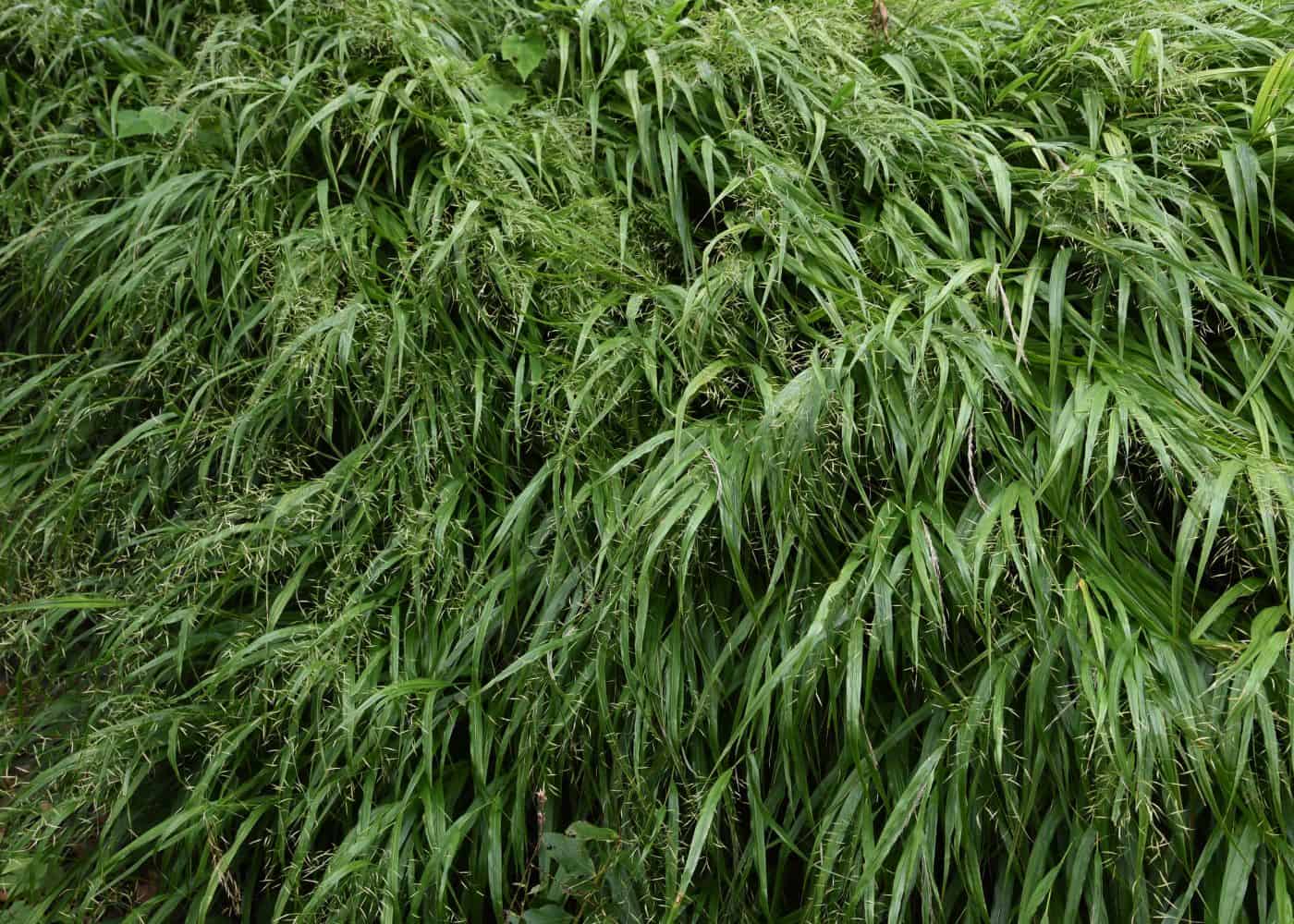
5. Japanese forest grass
Japanese forest grass (Hakonechloa macra) is a beautiful and versatile plant that adds texture and color to any garden. It’s easy to care for, making it an ideal choice for busy homeowners who don’t have time for intensive gardening.
This ornamental grass grows in clumps of arching foliage with delicate leaves that range from bright green to yellow or gold. The long stems are topped by small, airy flower heads in late summer. Japanese forest grass prefers partial shade but can tolerate full sun if given enough water during dry spells.
Its low-maintenance nature makes it perfect for adding interest without taking up too much time or effort. This hardy perennial will spread slowly over the years, creating lush mounds of foliage that look great when planted alongside other perennials like daylilies or hostas. Its graceful form also works well as a ground cover beneath trees and shrubs such as yews and hollies, providing contrast between their upright forms while helping retain moisture around their roots.
Once established, Japanese forest grass is deer-resistant and drought-tolerant, so you won’t need to worry about extra maintenance if your area frequently experiences either problem! In addition, its attractive foliage provides year-round interest even after the flowers fade away in autumn.
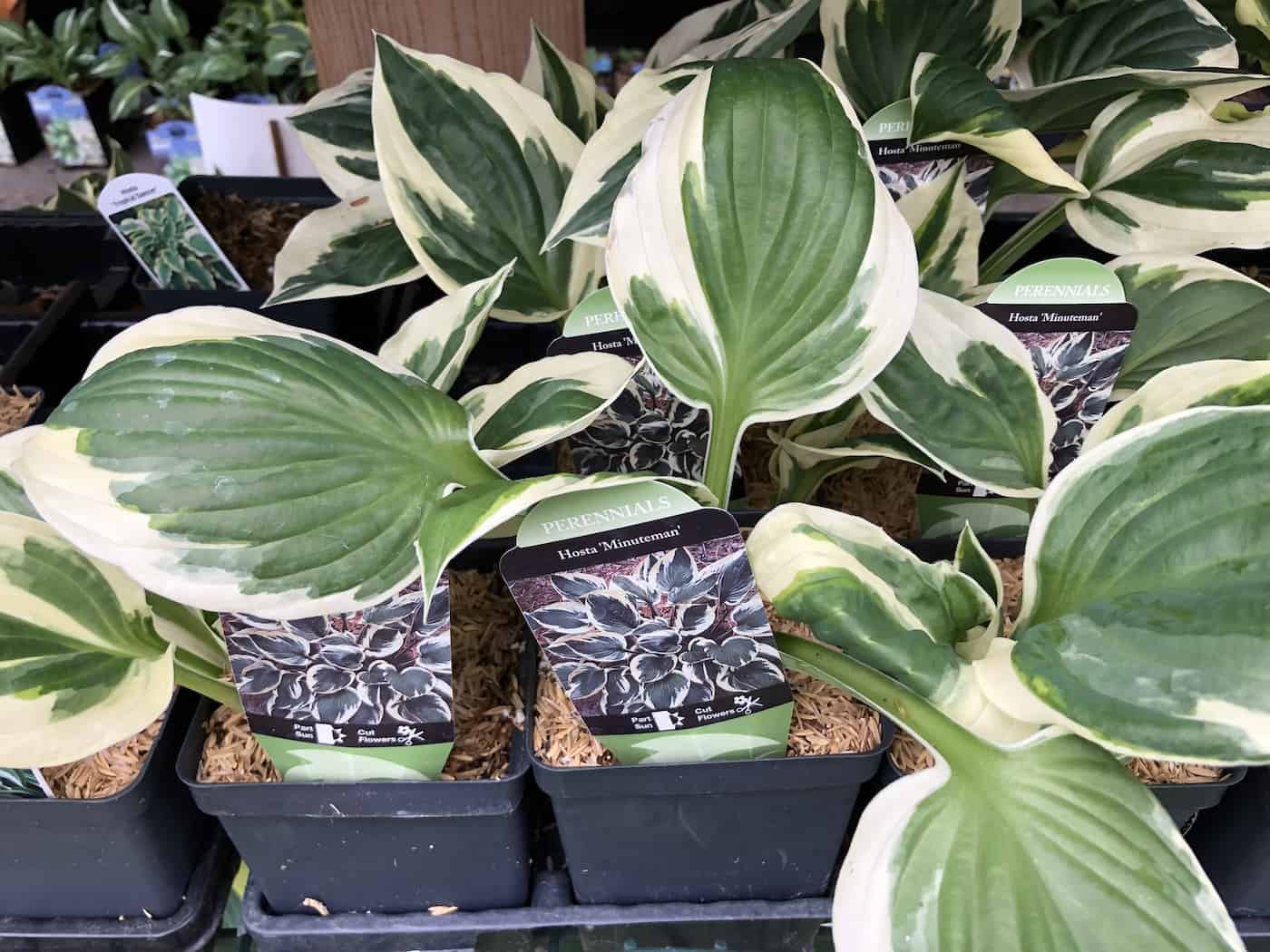
6. Hostas
Hostas are a popular choice for North American gardeners looking to add some color and texture to their outdoor spaces. These hardy perennials come in a variety of sizes, shapes, and colors, making them easy to mix and match with other plants. Hostas thrive in shady areas where they can receive indirect sunlight or dappled shade from trees or shrubs. Once established, they’re also quite drought-tolerant, so you don’t have to worry about over-watering them!
The large foliage of the hosta provides an attractive backdrop for the white-and-pink blooms of the hydrangea, while its shallow roots help keep moisture in the soil around both plants. In addition, when planted together, the shrubs can be sited to provide plenty of shade for the hostas during hot summer afternoons.
Another great thing about growing hostas with panicle hydrangeas is that they require similar care and maintenance. Both prefer well-drained soil that is slightly acidic (pH 6-7) and should be fertilized every spring (where soil is poor) with a balanced fertilizer. Additionally, both benefit from regular watering throughout the growing season but can tolerate periods without water once well-established.
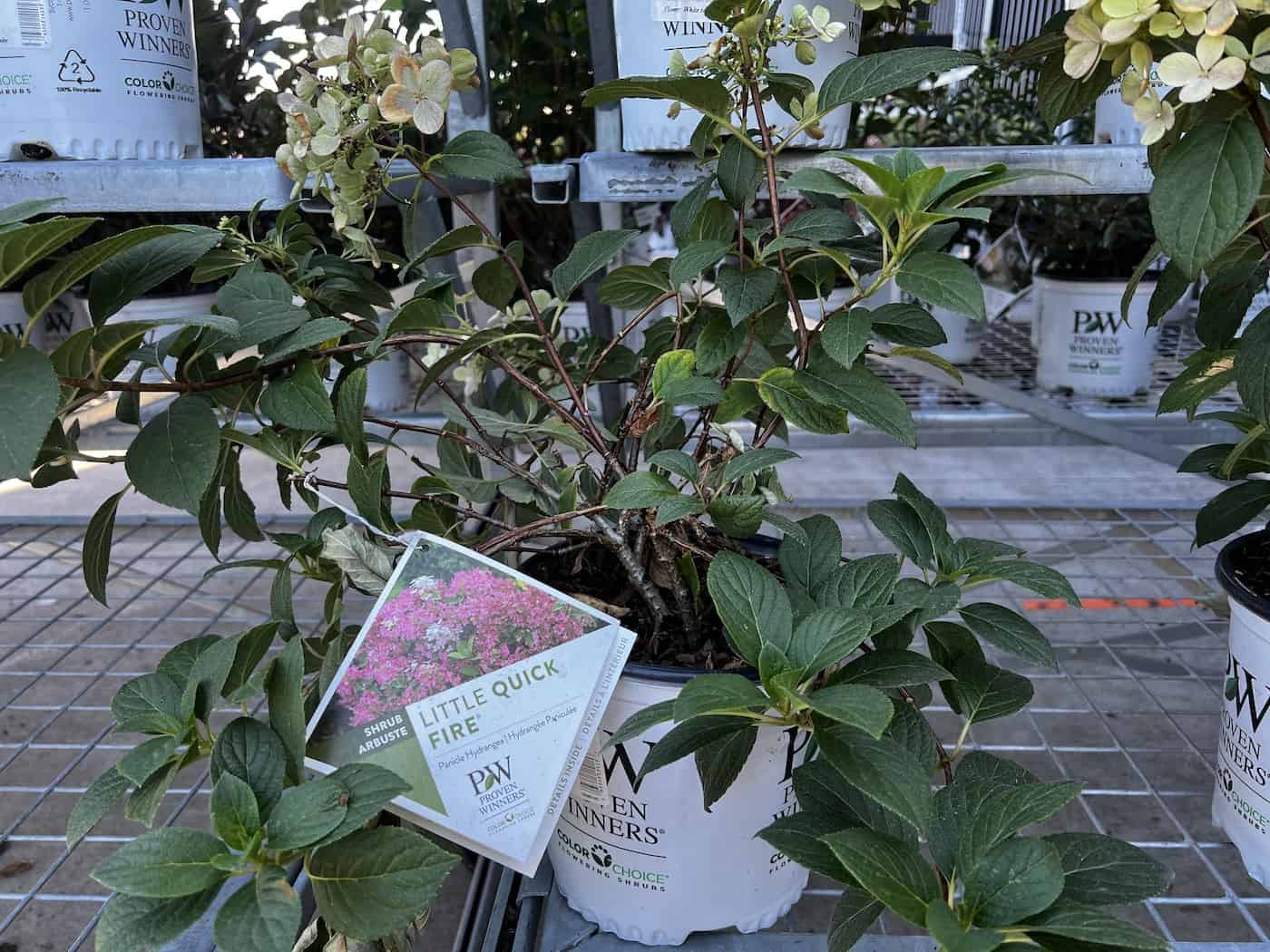
FAQs
What should you not plant with panicle hydrangeas?
Avoid planting other shrubs, trees, or perennials that have aggressive root systems near your hydrangeas, as they can compete for nutrients and water in the soil. Also, keep an eye out for any invasive species like English ivy, which could quickly take over the area around your hydrangea if left unchecked.
How big does Little Quick Fire hydrangea get?
Little Quick Fire Hydrangea (Little Quick Fire Hydrangea paniculata ‘SMHPLQF’) is a deciduous shrub that typically grows to 3-5 feet tall and 3-5 feet wide. It has white flowers in summer which turn pink as they age, and dark green foliage. With proper care, Little Quick Fire Hydrangea will reach its maximum size within 3 years of planting.
Will Little Quick Fire hydrangea grow in the shade?
Yes, Little Quick Fire hydrangea (Hydrangea paniculata ‘Little Quick Fire’) is a shade-tolerant variety of hydrangea. It can thrive in partial to full shade and still produce blooms (if not as many). With proper care, Little Quick Fire Hydrangeas can provide beautiful blooms for many years in shaded areas of your garden or landscape.


